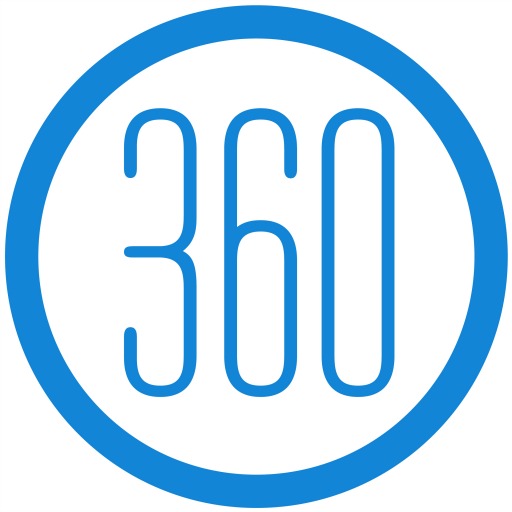360 Public Relations 12 Feb 2016 // 3:40PM GMT

Social media moves so fast, harnessing its full potential for clients can feel like taming an ever-spreading wildfire. But in the last year, we’ve entered a new social media era – perhaps heralding some degree of order -- where several “next wave” platforms and engagement strategies are proving to stand the test of time, and long-established players are broadening their offerings in useful ways.
With PR firms increasingly behind the wheel (or keyboard), driving social engagement with campaigns that integrate organic and paid strategies, it’s an exciting and critical time. To that end, here are five strategies to consider, and developments to watch, as social media enters its next phase.
- Capture social users in the moment: New tools like Twitter-owned, live-streaming video app Periscope make it possible to both strategically plan communications and live in the moment with social media users. Fact: Periscope users collectively watch 40 years of live video each and every day. Integrating Periscope into an event strategy is simple, but not easy. It takes time and planning: choosing a watch-worthy subject; drafting scripts and storyboards (and building in client approval time if needed); and, optimizing your video stream with searchable titles and tags. Instagram and Snapchat also support in-the-moment updates with new features like Instagram Explore and SnapChat Live Stories.
- Shorten the path to purchase: Social media is fast becoming a mobile commerce driver. Facebook, YouTube, and Pinterest are just three platforms that gained attention this year by introducing new “buy” features for advertisers. Mobile users of Facebook and Pinterest who see a product they like in a sponsored post can now use one click to purchase without ever leaving the app. Instagram isn’t far behind, and other social platforms are sure to follow. By the end of 2016, expect most major social media brands to feature some kind of buy button as regular element of their advertising campaigns. Get this one right and become even more indispensable to clients.
- Expect fewer start-ups: Remember Miso? Viddy? GetGlue? Each had its own hot moment over the past few years, but has since flamed out. Other platforms, including true pioneers like Foursqure and Shazam, have settled into middle-of-the-road status, and into what seems like a state of perpetual reinvention. But that pattern has changed over the past year. Some newer platforms have indeed skyrocketed but show signs of having a fundamental reason to exist, with a user proposition and a business model to match. Whisper and Viber come to mind. Others were acquired and are onto even bigger and better things – WhatsApp, for example. All the while, new startups have been dying quicker deaths. In 2016, expect more good news: fewer shiny new toys to keep up with, leaving more time to get more effective on established platforms.
- The big getting bigger…and broader: This past year, Facebook added Instant Articles to rival online publishers, and may launch a standalone news app called Notify. Meanwhile, Twitter acquired Periscope to gain livestream video capabilities, while Instagram became a real-time discovery platform rivaling Twitter. Not to be outdone, SnapChat pivoted from exclusively a private messaging app to entertainment platform, vying with TV networks for eyeballs. In sum: all major platforms are expanding to keep users from ever having to leave. Expect this trend to continue, presenting ever more opportunities to engage with brand audiences on one platform.
- Mobile..and content…will remain king. Consumers experience social media apps seamlessly on their mobile devices, where they now spend the most time on those very platforms. The die is cast. In just five minutes time, they might turn to Facebook to find viral stories in their network, Twitter for real-time conversations and news updates, Instagram for photo discovery and lifestyle inspiration, and to SnapChat for entertaining Live Stories refreshed daily. All the while, those folks aren’t searching for your brand on on these channels; that’s what Google is for. Rather, they’re hoping to find impactful stories that inform, divert and delight. It is our job to meet them where they are with written word, video and still images – that so-called great content –that moves them. Luckily, social advertising capabilities are advancing rapidly, making it easier to reach the right audiences with compelling content, tailored just to them, and effectively shortening the path to sales.
No one has a crystal ball (though Google is likely working on one), and we’re always running so hard to move our clients’ businesses forward. But taking stock in trends and developments every now and then can help slow things down, even if just a bit, and provide clarity for rational assessment and smart planning – ultimately, creating the climate for social media success, and business results that matter.
By Sonja Mindrebo, Senior Digital Media Manager, 360PublicRelations.com


































.jpg)












